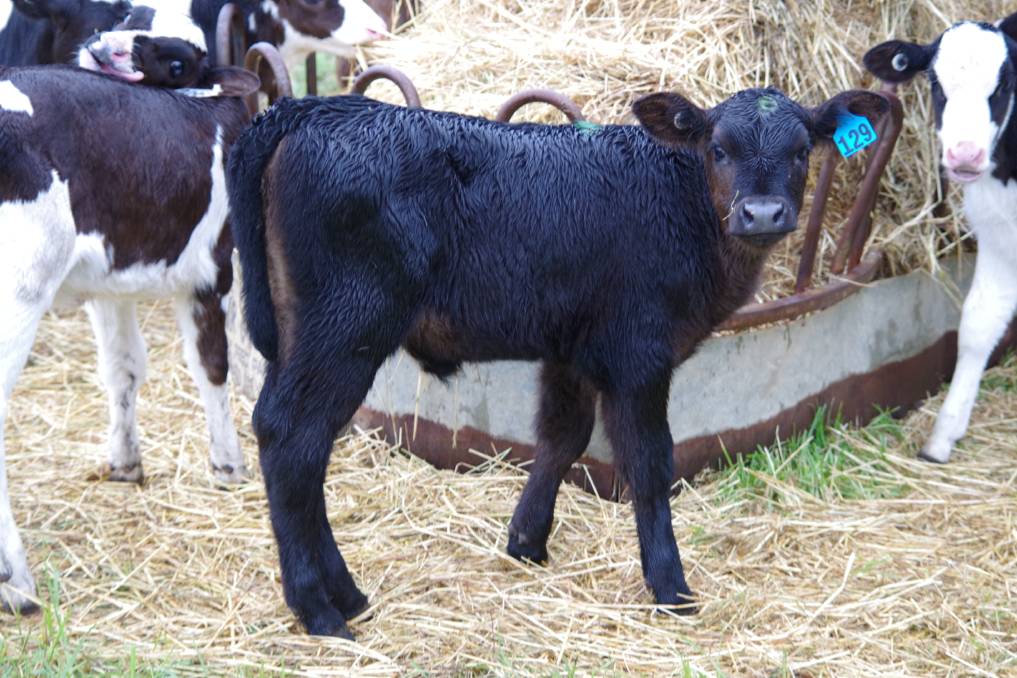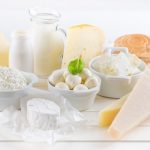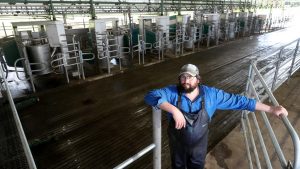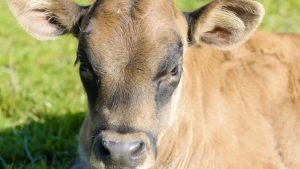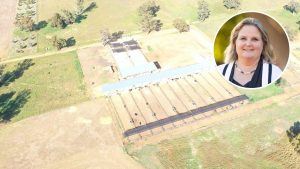
Campaigns to end the early life slaughter of calves are gaining momentum and causing the dairy industry to rethink current strategies.
About 400,000 bobby calves are processed in Australia annually.
Nuffield Scholar Sarah Bolton says developing shared values with the community, which relies on raising the value of non-replacement dairy calves, will preserve public trust.
“Value adding to non-replacement calves through the dairy beef supply chain is one option,” she said.
This includes the use of targeted beef crossbreeding and sexed semen, as well as marketing programs that position the products in a new light.
Charles Sturt University PhD student, Veronika Vicic is investigating the establishment of a viable dairy beef supply chain in Australia.
This research focuses on the constraints and consumer perceptions plus eating quality of dairy-beef.
She reported that some producers were growing out dairy calves to feedlot weights and selling direct to feedlots, but the margins weren’t there.
Adopting a whole supply chain approach to developing new markets for dairy breeds plus increasing the use of sexed semen and using beef breeds to increase carcase attributes were identified as solutions.
Complementary traits should be considered when selecting beef genetics, with lower yielding beef breeds not as suitable for use over dairy cows as the higher yielding European breeds such as the Limousin.
Utilising bulls with favourable Estimated Breeding Values for calving ease and gestation length will reduce the incidence of calving difficulties in dairy beef crossbreeding programs.
In the United States there has been an exponential increase in the use of beef genetics in dairy herds to produce high-yielding carcases that fit market specifications and value add to non-replacement calves.
WULF Cattle Company, Minnesota, US, is a leader in supplying Limousin and LimFlex genetics for use in dairy beef production systems.
The Breeding to Feeding program, links dairy producers with feedlotters, creating a win-win for both.
Initially focusing on Limousin-Jersey crosses, they have also branched out to Holsteins, increasing the number of carcasses grading choice and prime.
The beef cross also reduces the number of carcasses discounted for yellow fat that is found in Jerseys.
Limousin genetics boost feed efficiency, carcase weights and yields, while the dairy breeds contribute the marbling attributes.
